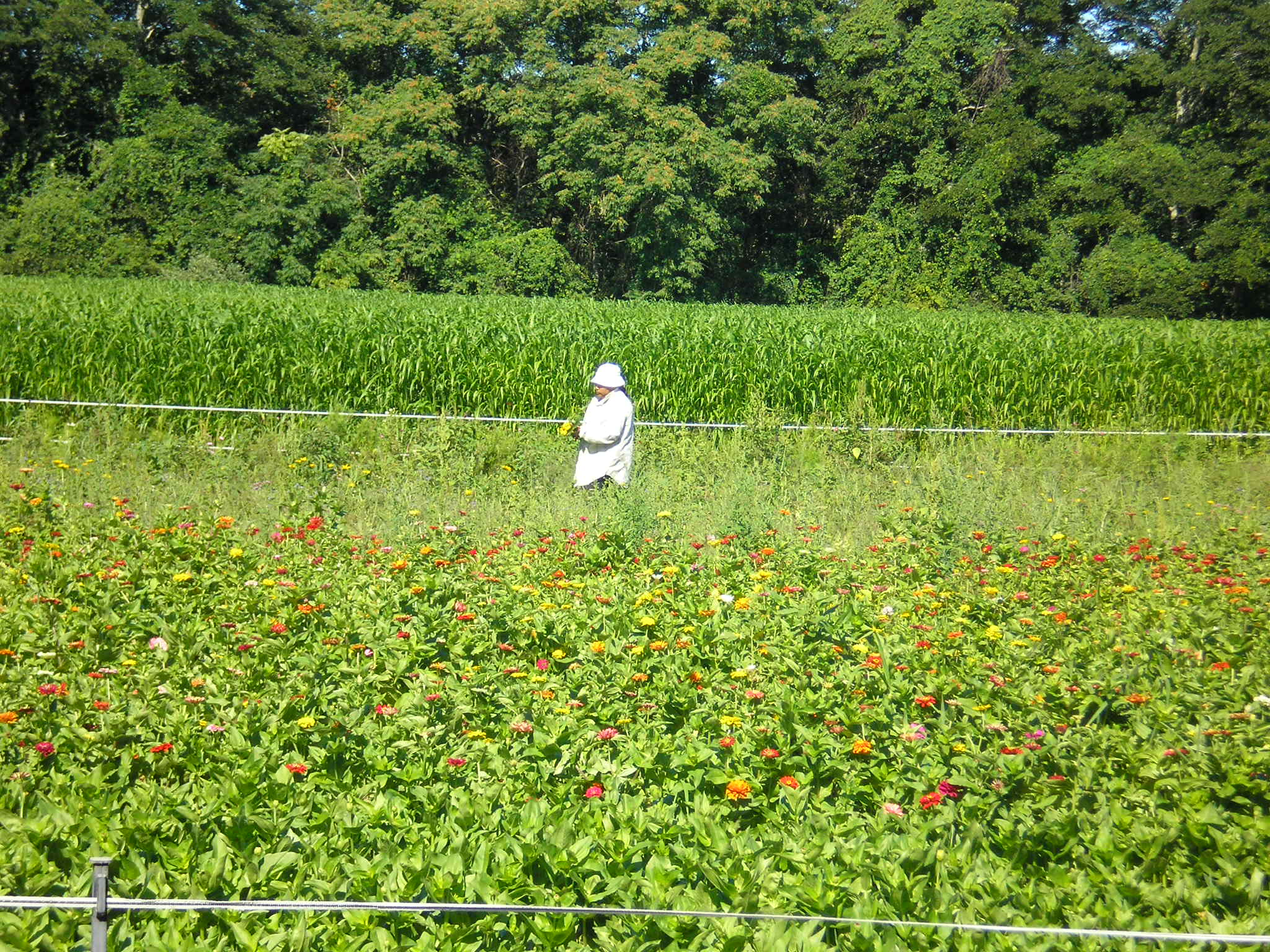
Labor Trafficking Red Flags in Latest Work Visa Program Changes
As the global pandemic stretches on, the U.S. government is making changes to work visa programs aimed at ensuring there are enough workers on the ground in this country to keep Americans fed and our economy functioning. On its face, the most significant change seems like a positive for these workers, who have never been more essential. But dig just a bit deeper and the reality is that the new rules create new pathways for abuse in a program already rife with opportunities for exploitation and labor trafficking.
The largest of the temporary work visa programs are H-2A, which brings men and women from other countries into the United States to work in agriculture and H-2B, which hires foreign workers temporarily for other manual labor jobs such as seafood and meat processing, cleaning, construction, working in carnivals and fairs and landscaping. The programs are designed to fill jobs U.S.-based employers claim they cannot fill with workers already in the country.
Among the most dangerous aspects of the H-2A and H-2B visa programs is that the workers who hold these visas are tied to the specific employer whose name is on their particular paperwork. Should they choose to leave that one employer, they lose their legal immigration status. This system gives employers inordinate power over workers – power that data shows is often used to abuse and exploit. All a trafficker needs to do to exert control is threaten to have a worker deported.
Workers know that deportation means they will most likely be held in deplorable (and now COVID-ridden) detention facilities, and be ineligible to return to the United States ever again – which in turn means for many, the opportunity to create a better future for their loved ones will disappear. The result is that year after year data from the U.S. National Human Trafficking Hotline shows that workers on temporary H-2A and H-2B visas are disproportionately represented amongst trafficking victims and survivors. Between 2015 and 2019, the Trafficking Hotline reported more than 3,600 survivors of human trafficking who were legally working in the U.S. Approximately 87% of these individuals held H-2A and H-2B visas.
Read more here.
